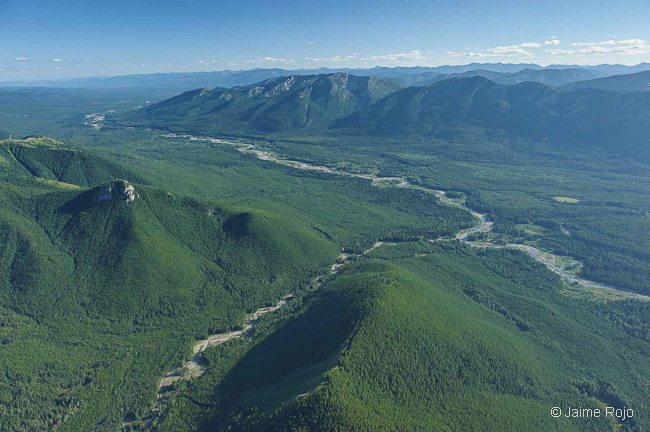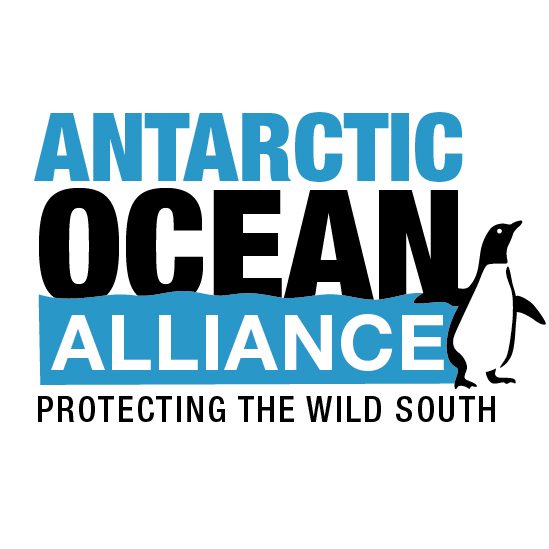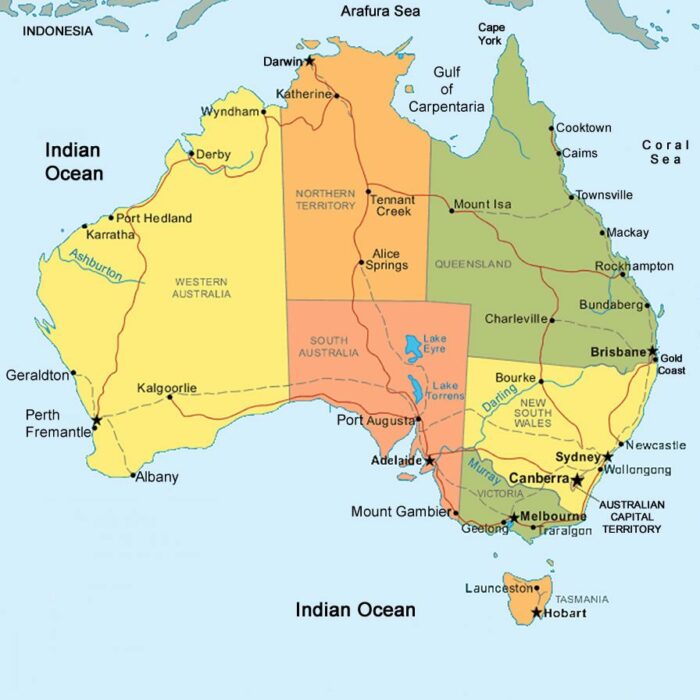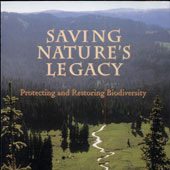Should we set aside half for nature?
Posted in News & Publications, Papers & Publications on 10/16/13
Should we set aside half for nature? Written by: Ian Brown Published by: The Globe and Mail, Oct. 14 2013 Introduction: No one can say Alberta’s oil sands have been an easy child. The bitumen pits fuel a third of Canada’s economy. They also produce some of the world’s most emission-intensive oil, and are responsible for more climate change and environmental stress than conventional oil. That standoff – is...
Read More


